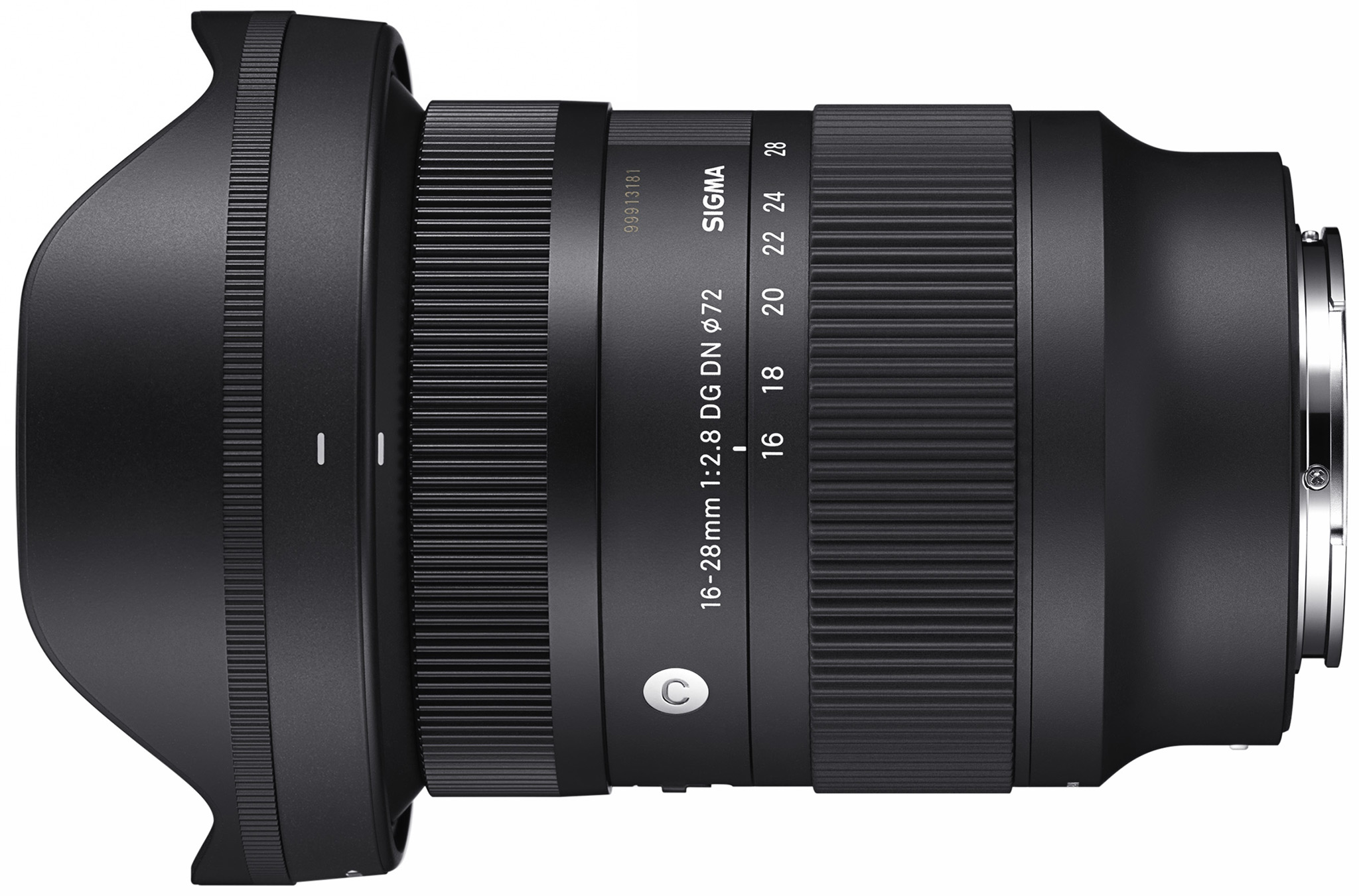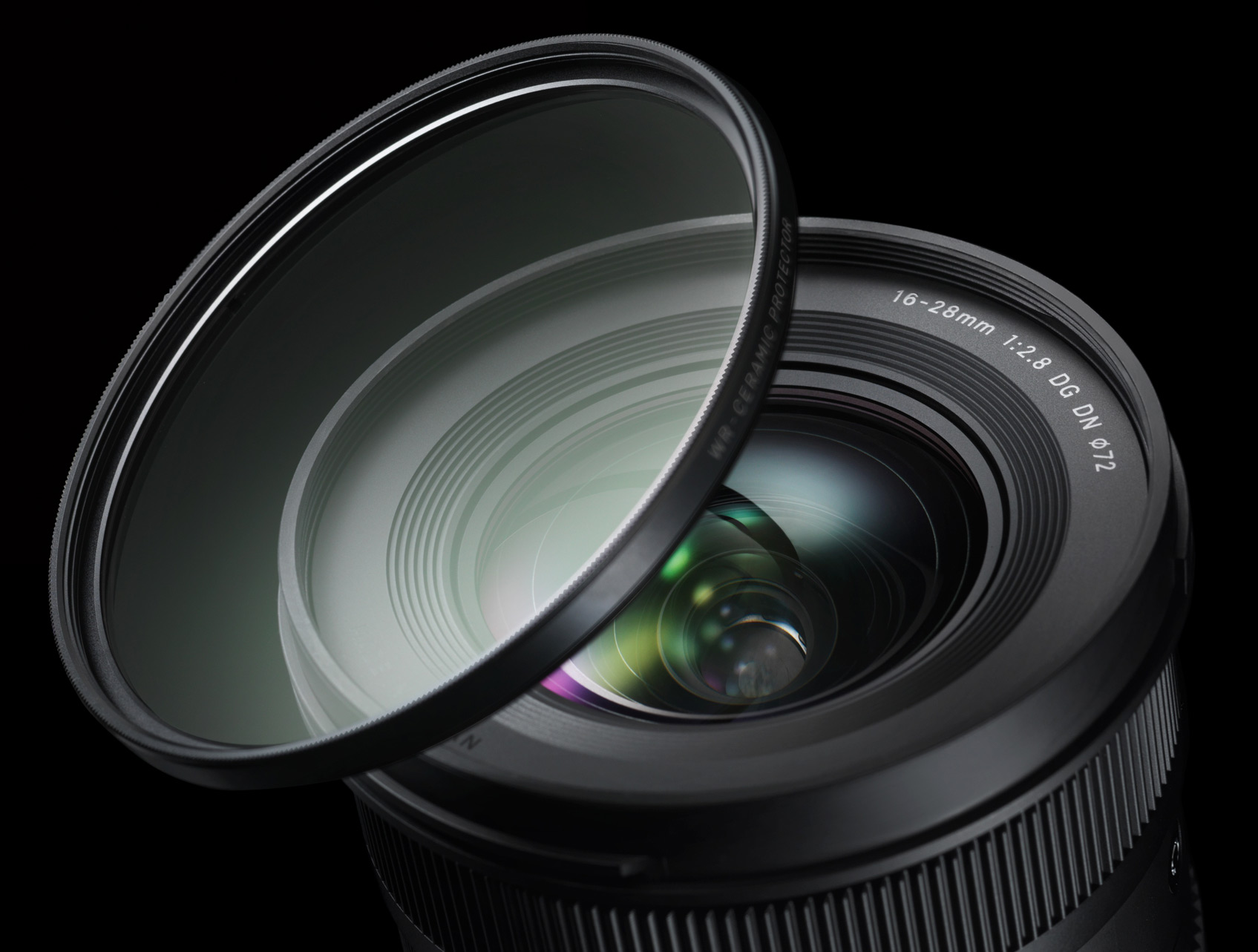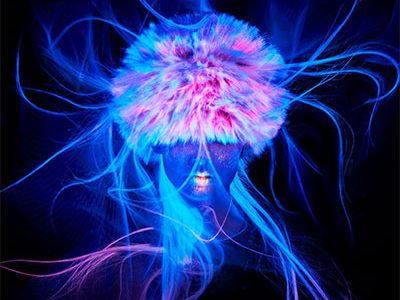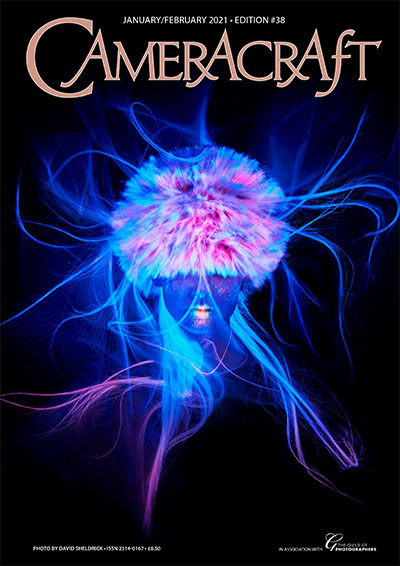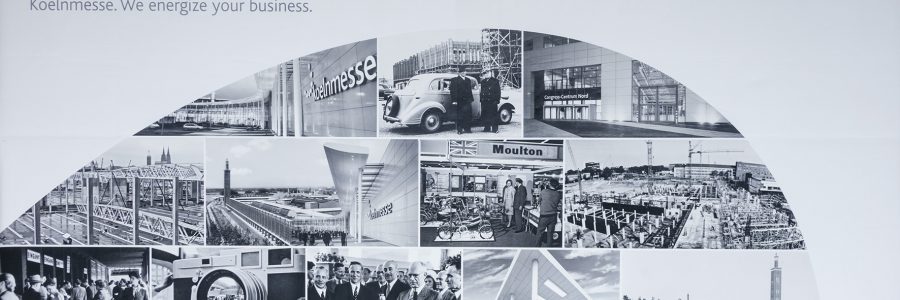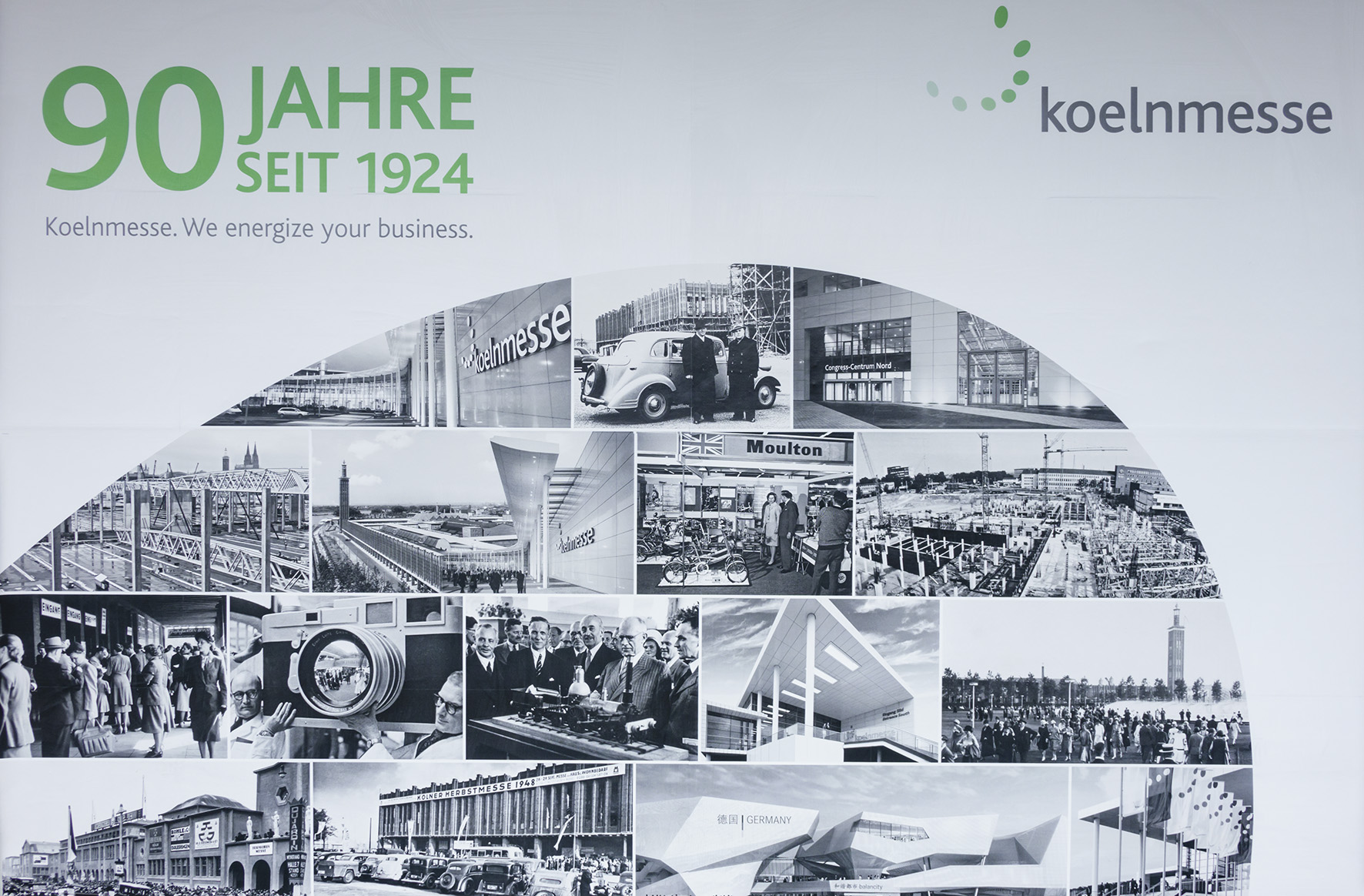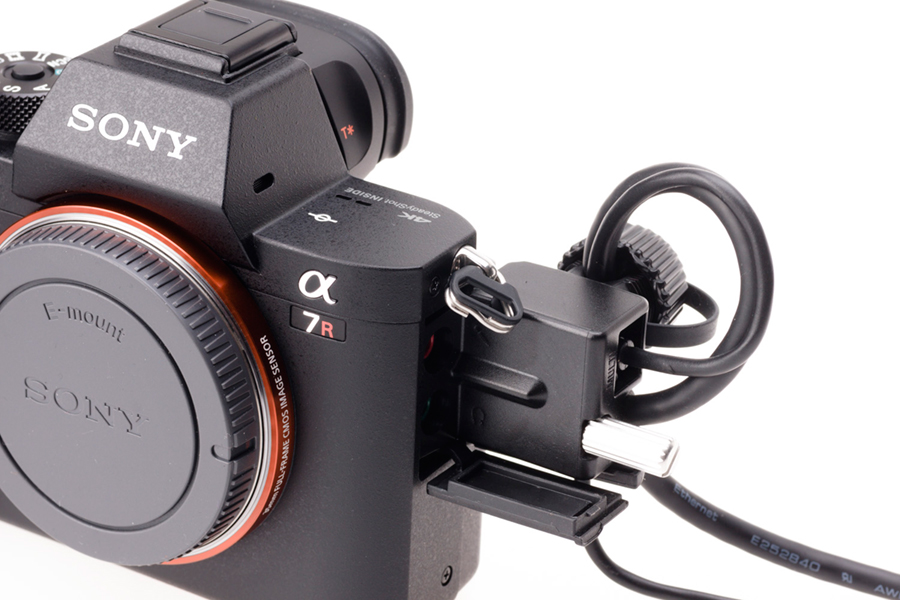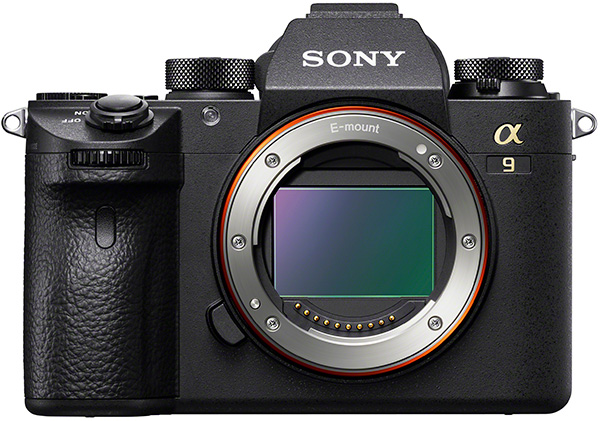Sony’s official press release – we’re working here on magazines with deadlines tonight so this is unedited hot news. Enjoy!
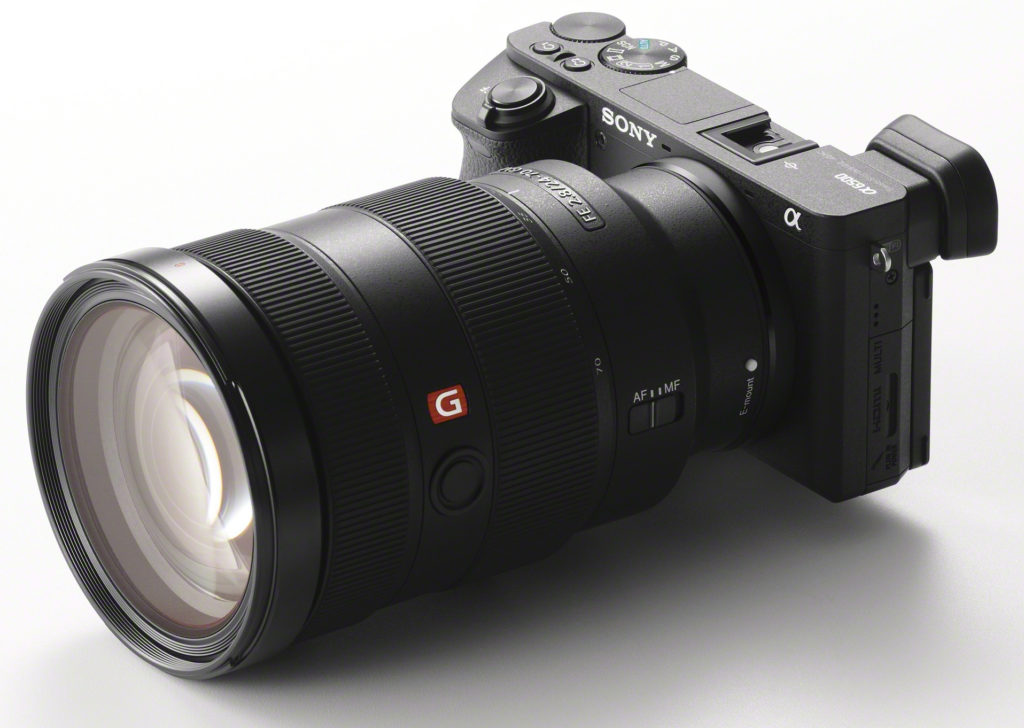
Sony today introduced its new flagship APS-C sensor camera, the α6500 (model ILCE-6500). As the latest addition to Sony’s line-up of award winning mirrorless cameras, the new α6500 shares the same unrivaled 4D FOCUS™ system as the α6300 camera, which can lock focus on a subject in as little as 0.05 seconds, the world’s fastesti AF acquisition time. Also shared with the α6300, the new α6500features 425 phase detection AF points that are densely positioned over nearly the entire image area – the world’s highestii number of AF points on any interchangeable lens camera. The new model can shoot images at up to 11 frames per second with continuous autofocus and exposure tracking and up to 8 frames per second in a live-view shooting mode that makes it easy to track fast moving subjects, as it combines all of the benefits of an electronic viewfinder with the immediacy of an optical viewfinder.
The camera can shoot at these high speeds for up to 307 frames[iii] thanks to its expanded buffer, which, along with the fast response speeds described above, are all achieved with the support of a new front-end LSI chip that has been added to the camera. This new front-end LSI also serves to enhance both still and video image quality.
Additionally, the new α6500 features Sony’s acclaimed in-camera 5-axis optical image stabilisation, making it the first Sony APS-C sensor camera to offer all of the benefits of advanced in-body stabilisation, which include a shutter speed advantage of approximately 5 steps[iv]. It also offers touchscreen AF capabilities for focus point selection and adjustment.
Unmatched AF Capability
Sony’s new α6500 camera utilises the same 4D FOCUS system as the α6300 – a Fast Hybrid AF system that combines high-speed phase detection AF with extremely accurate contrast AF and allows it to capture and lock on to moving subjects in as little as 0.05 secondsi. It also features 425 phase detection AF points and High-density Tracking AF Technology, which significantly improves subject detection and tracking performance.
New for the α6500, thanks to faster internal processing capabilities enabled by the front-end LSI, the maximum buffer for high-speed continuous shooting is an impressive 307 framesiii, greatly increasing the chances to catch that decisive moment.
The camera’s 425 phase detection AF points, focusing tracking and accuracy are also available when using non-native A-mount lenses[v] with Sony’s LA-EA3 mount adaptor. Additionally, it includes silent shooting, Eye AF in AF-C mode, AF in focus magnifier modes, Expand Flexible Spot AF and more.
5-axis Image Stabilisation Provides 5 Steps Shutter Speed Advantage
One of the most exciting developments in the new α6500 is the implementation of 5-axis image stabilisation for the first time in a Sony APS-C sensor camera. Additionally, through a total revision of the internal design of the camera, this newly developed stabilisation system fits entirely within a body that is nearly the same size as the α6300 model.[vi] This innovative 5- axis system provides a shutter speed advantage of 5 steps,iv ensuring the full resolving power of the sensor can be realised, even in challenging lighting.
The shake compensation provided by the system works with a variety of lenses, including E-mount lenses without OSS (Optical SteadyShot) stabilisation and A-mount lenses[vii] when used with a compatible mount adapter. When an E-mount lens with OSS is mounted, pitch and yaw are compensated in the lens and horizontal, vertical and roll axes are compensated in the camera body, resulting in optimal 5-axis stabilisation.vii
Also, with a simple half press of the shutter button, the effect of the image stabilisation can be monitored in the viewfinder or on the LCD screen, allowing framing and focus to be accurately checked and continually monitored. This is available even when a lens is attached that does not have built-in shake compensation.
New Touch Screen Focusing
The new α6500 comes equipped with touch screen functionality, allowing users to lock focus on a subject simply by touching it on the screen. This is a powerful compliment to its advanced AF system and video shooting capabilities.
Additionally, in a first for Sony cameras, the α6500 features touchpad functionality. When utilising the viewfinder for framing and shooting, the LCD screen can be used as a touch pad. Simply drag a finger across the screen to shift the focus point from one area to another.
Powerful 24.2 MPviii Exmor CMOS Sensor, BIONZ X® Processor and New Front-End LSI
The new α6500 features an APS-C sized 24.2 MP[viii] Exmor CMOS sensor that works together with a BIONZ X image processor and the newly developed front-end LSI to maximise processing power and achieve an impressive sensitivity range of ISO 100-51200.[ix]
The image sensor employs a thin wiring layer and large photodiode substrate that maximises light collection efficiency, plus copper wiring in its structure for outstanding read-out speed. The BIONZ X image processor and newly developed front-end LSI ensure superior image and video quality with low noise even when using higher ISO settings, in particular those at high sensitivity values where other cameras typically struggle. The LSI is also responsible for the expanded buffer depth for continuous shooting.
Professional Video Capabilities
The new α6500 becomes the latest Sony interchangeable lens camera to offer internal 4K movie recording, as it can shoot 4K (3840x2160p) video in the popular Super 35mm format on the full width of the image sensor. When shooting in this format, the camera uses full pixel readout without pixel binning to collect 6K of information – approximately 2.4x[x] (20 MP equivalent) as many pixels as 4K UHD and then oversamples the information to produce high quality 4K footage with exceptional detail and depth.
Additionally, the α6500 will focus exceptionally fast during movie shooting thanks to its Fast Hybrid AF system, offers touch focusing for professionally smooth focus shifts, whilst also offering adjustable AF transition speed and AF tracking sensitivity. The camera supports the XAVC S codec[xi] during video shooting, which records at a high bit rate of up to 100 Mbps during 4K recording and 50 Mbps during Full HD shooting, ensuring maximum detail and clarity in both video formats.
Other professional calibre video features include the ability to record Full HD at 100fps at up to 100 Mbps, which allows footage to be reviewed and eventually edited into 4x slow motion video files in Full HD (25p) resolution with AF tracking.
New on the α6500 is the incorporation of a ‘Slow and Quick’ (S&Q) mode that supports both slow motion and quick motion. In this mode, frame rates from 1 fps to 100fps can be selected in 8 steps for up to 50x quick motion and 4x slow motion recording[xii]. Footage shot in this mode can be previewed after shooting without the need for PC-based post processing.
The camera also offers S-Log gamma recording[xiii] for wide dynamic range shooting – approximately 14-stop latitude in S-Log3 gamma setting – and supports S-Gamut for a wider colour space. Both options allow for greater creativity for processing video post-production.
Shooters also now have the ability to select, extract and save still images from movie footage directly on the camera. Approximately 8 MP images and 2 MP images can be pulled from 4K modes and Full HD modes, respectively.
Enhanced Operability and Reliability
The new α6500 has a refined design, maintaining the mobility of the α6000 series while adapting much of the usability of Sony’s acclaimed α7 II series. The new model features the same high contrast, high-resolution 2.4 million dot XGA OLED Tru-Finder as the α6300 that offers exceptional corner-to-corner visibility.
New hardware features on the α6500 include a magnesium alloy body and a high-durability shutter with a tested life span of approximately 200,000 release cycles.[xiv] It also has several design features that are borrowed from the α7 II series of full-frame cameras, which include a robust lens mount, a recessed grip to improve handling, a larger release button and ten total custom buttons including ‘C1’, ‘C2’ and ‘C3’. It also has an improved operation feel for its mode and control dials and rear face buttons, as well as a softer eyepiece cup for more comfortable usage.
On the software front, there is a new overall user interface, which allows for a much smoother process for searching and adjusting menu settings, as well two new metering modes – Highlight, where exposure metering is focused on the brightest area of the frame, and Entire Screen Avg, which maintains an average metering for the entire image.
The camera is Wi-Fi®, QR and NFC compatible and fully compatible with Sony’s PlayMemories Mobile™ applications[xv] available for Android™ and iOS platforms, as well as Sony’s growing range of PlayMemories Camera Apps™. The α6500 also offers location data acquisition via a Bluetooth[xvi]connection to a compatible mobile device and an updated menu structure to deliver a smoother navigational experience.
Pricing and Availability
The new Sony α6500 interchangeable lens camera will be available in Europe in December priced at approximately €1,700 body only or €2,800 with SEL1670Z lens. Full product details can be seen here. The current α6000 will also see a new colour introduction in Europe in December with the model also available in Graphite Grey.
The new content will also be posted directly at the global Sony Photo Gallery and the Sony Camera Channel on YouTube.
[i]Among interchangeable-lens digital cameras equipped with an APS-C image sensor as of October 2016, based on Sony research, measured using CIPA-compliant guidelines, and internal measurement method with an E PZ 16-50mm F3.5-5.6 OSS lens mounted, Pre-AF off and viewfinder in use.
[ii]Among digital cameras as of October 2016, based on Sony research.
[iii]With “Hi” continuous shooting mode and “Fine” image quality.
[iv]Based on CIPA standard. Pitch/yaw shake only. With Sonnar T* FE 55mm F1.8 ZA lens mounted. Long exposure NR off.
[v]A-mount lenses with SSM or SAM only. Users can choose phase-detection AF or contrast-detection AF in AF System menu. “Phase-detection AF” is not available during movie shooting. AF-C in AF System menu is available only with “Contrast-detection AF” selected, but no motion tracking is performed during continuous shooting (Hi+, Hi, Mid).
[vi]Excluding grip, frontal-view size and main body thickness are the same as for the α6300
[vii]All 5-axis stabilisation is performed in-camera when SEL90M28G is mounted
[viii]Approximate effective MP
[ix]Standard ISO range: 100-25600 for stills and movies. Expandable up to ISO 51200 for stills only.
[x]In 25p recording.
[xi]SDHC/SDXC memory card of Class 10 or higher is required for movie recording in XAVC S format. UHS-I (U3) SDHC/SDXC card is required for 100Mbps recording.
[xii]Sound cannot be recorded. SDHC/SDXC memory card of Class 10 or higher is required.
[xiii]S-Log2 and S-Log3 are premised on processing pictures
[xiv]With the electronic front curtain shutter, under internal test conditions of Sony.
[xv]Use the latest version of PlayMemories Mobile
[xvi]Can be connected via Bluetooth with smartphones featuring (as of the date of release):
- -Android (Android 5.0 or later, Bluetooth 4.0 or later)
- – iPhone/iPad(iPhone 4S or later/iPad 3rd generation or later)

